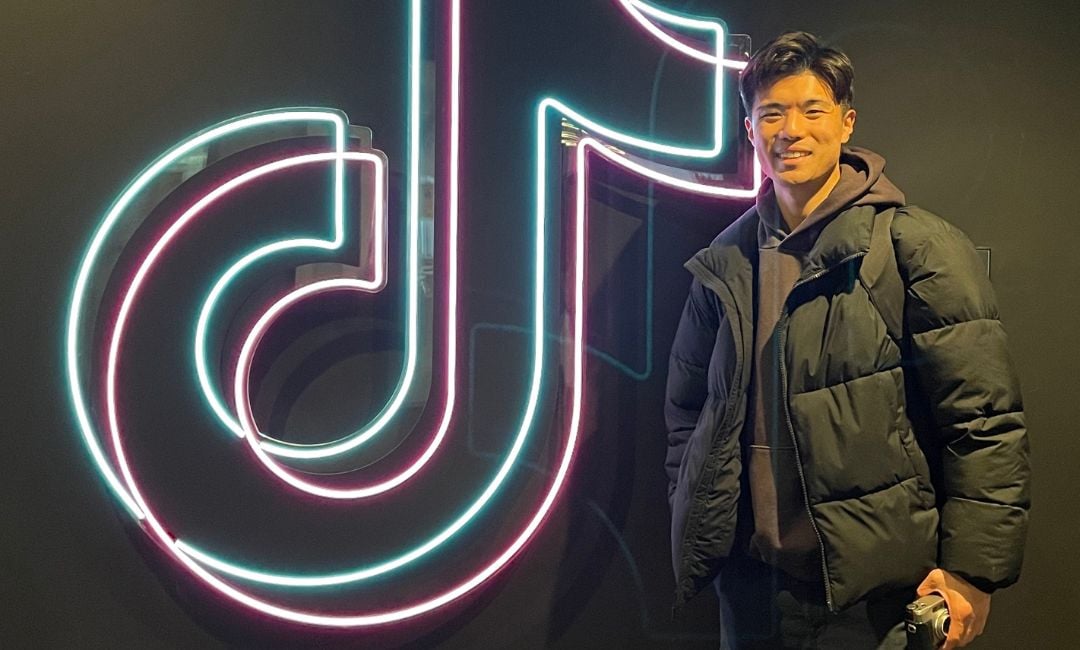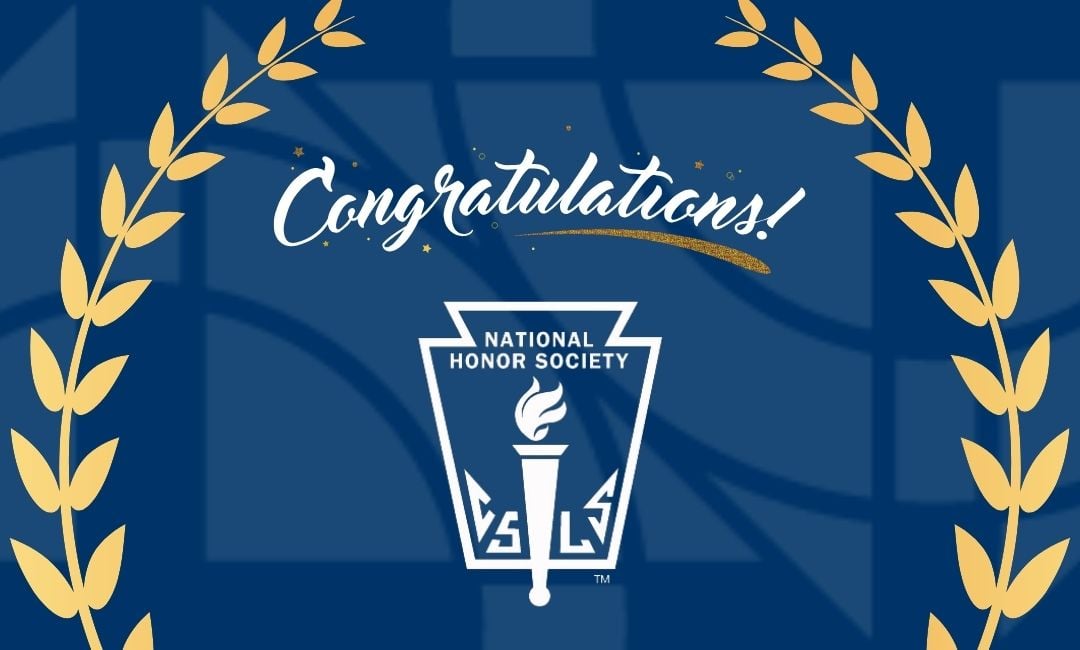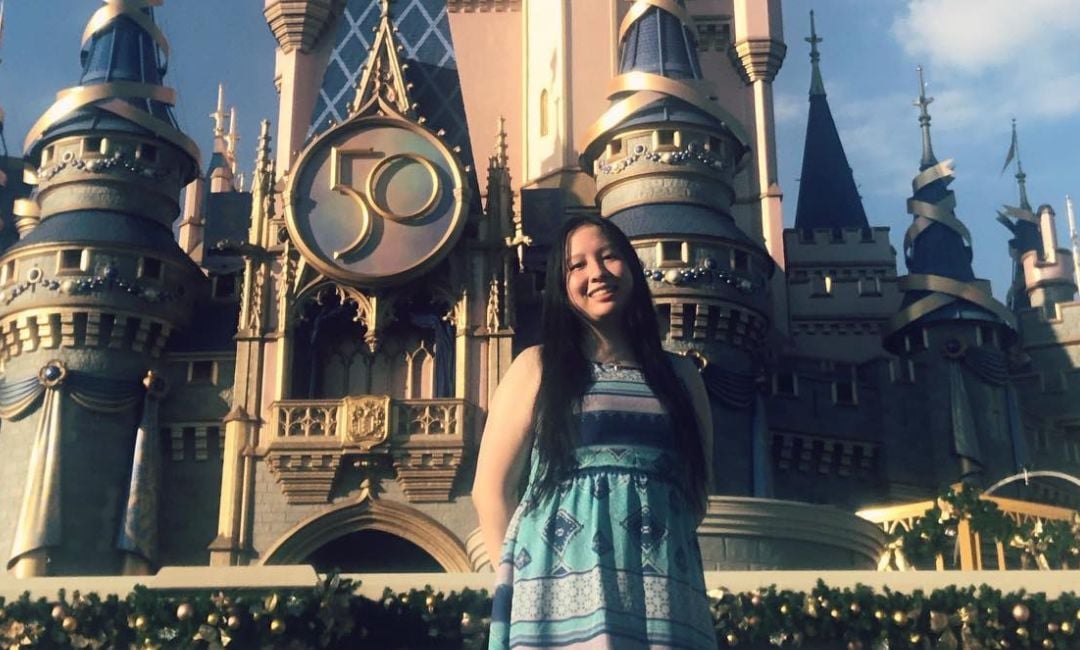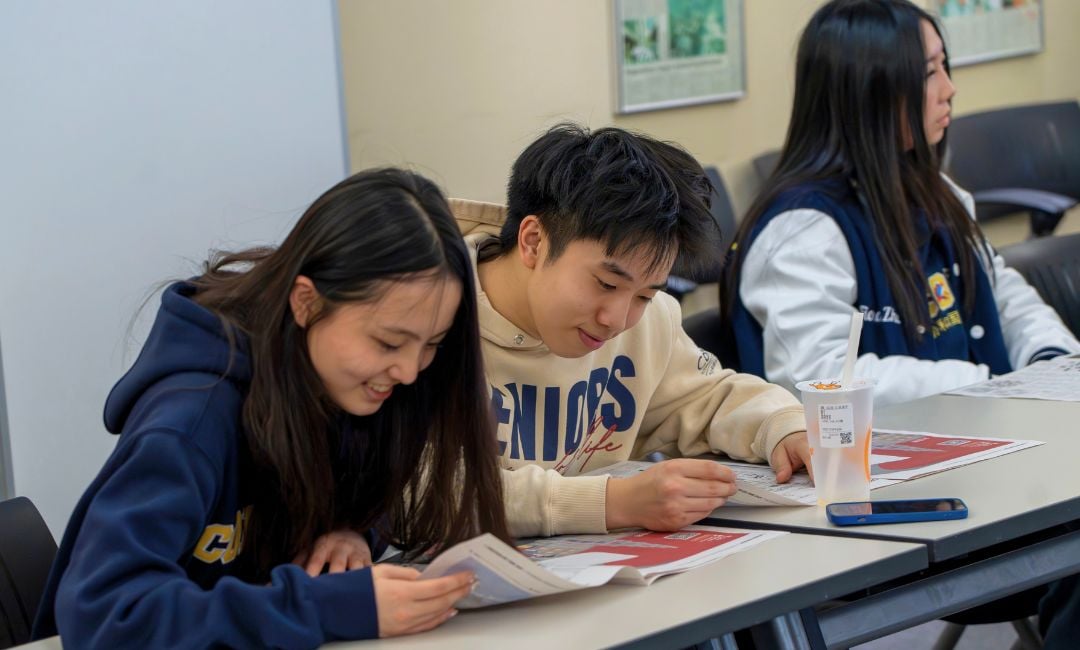 During the 2019 spring semester, Concordia students in Mr. Andre DeKoker’s grade seven humanities class explored a social studies unit on justice. Through this unit and its different components, students had an opportunity to experience a small variety of media avenues through which they can share and make an audience aware of the issues surrounding various justice-related topics.
During the 2019 spring semester, Concordia students in Mr. Andre DeKoker’s grade seven humanities class explored a social studies unit on justice. Through this unit and its different components, students had an opportunity to experience a small variety of media avenues through which they can share and make an audience aware of the issues surrounding various justice-related topics.
“In my opinion, this is an important idea as our world wrestles with many systems that still perpetuate unfair and unequal environments for people,” shares DeKoker. “Our job as educators is to create environments within our classrooms that model these ideas of justice, while also challenging our students to think about the issues from various points of view so that they can make their own informed decisions as they grow older and take a more active role in society.”
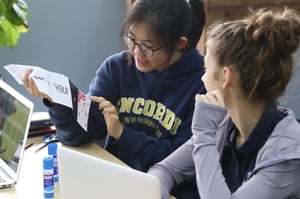 Adolescence is pivotal time in a student’s life, as they’re asserting more independence and experiencing an evolving world view. With countless distractions to contend with on a daily basis, adolescents may not always openly express feelings of empathy towards issues of injustice, yet through this class unit, they are at least exposed to it, says DeKoker.
Adolescence is pivotal time in a student’s life, as they’re asserting more independence and experiencing an evolving world view. With countless distractions to contend with on a daily basis, adolescents may not always openly express feelings of empathy towards issues of injustice, yet through this class unit, they are at least exposed to it, says DeKoker.
Rather than creating traditional classroom presentations, with guidance from artist and Concordia art teacher Stephanie Wiegman, the students made zines related to their topics and distributed them around campus in order to educate others about injustices happening around the world.
Using the Sustainable Development Goals (SDG) from the United Nations, students chose an initiative on which to focus. They then tailored their research to their topics and prepared to share their findings through their own custom-made zines.
 Seventh grader Emily P. chose to focus her zine on the plight of child soliders as her research of SDG 10. “This social justice topic is basically about enslaved children forced to fight under unfair circumstances in violent skirmishes,” shares Emily. “This particular topic really intrigued me because it's not exactly something we think about every day.”
Seventh grader Emily P. chose to focus her zine on the plight of child soliders as her research of SDG 10. “This social justice topic is basically about enslaved children forced to fight under unfair circumstances in violent skirmishes,” shares Emily. “This particular topic really intrigued me because it's not exactly something we think about every day.”
Leading up to the project, Emily’s class read The Stories of Those Who Serve, a book about people who have made great contributions of service to the world but who were forgotten by history. This is why, explains Emily, “child soldiers really struck me.” She continues: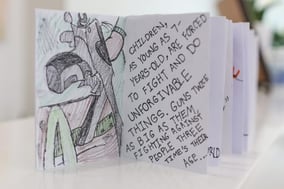
"We think about how notorious heroes have saved their country, but what if a forgotten factor was really at large? What if it were children, who weren't fighting for the right cause at all? What if they had no choice but to live that way? Nobody really knows that billions of child soldiers are recruited every minute we live; breathe; and go on with our lives. I thought at that time that I had a responsibility to share this with everyone, because child soldiers deserve to have their tales told, and their suffering exposed. I mean, what if we were in their shoes? What would we have done?"
In their justice zines students expressed issues including child soldiers, pay equality, clean water, gender equality, illegal immigration, refugees and blood diamonds. Below are some examples of the zines these middle schoolers created for the project.
Through this project, I hope that my students will come to realize that they do have a ‘voice’ and that it can be used for good, says DeKoker. “Who knows?” he adds, “a seed may be planted for future change agents and history makers to rise up and make a difference sorely needed in our world.”
